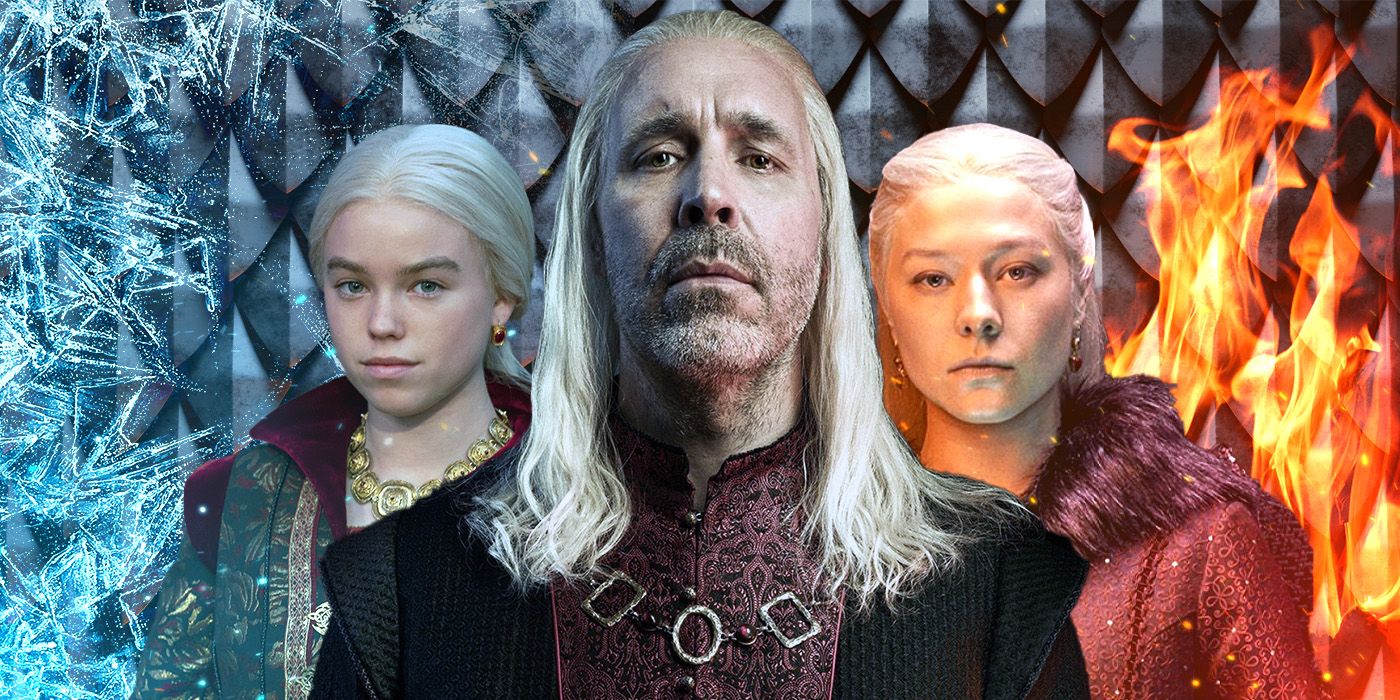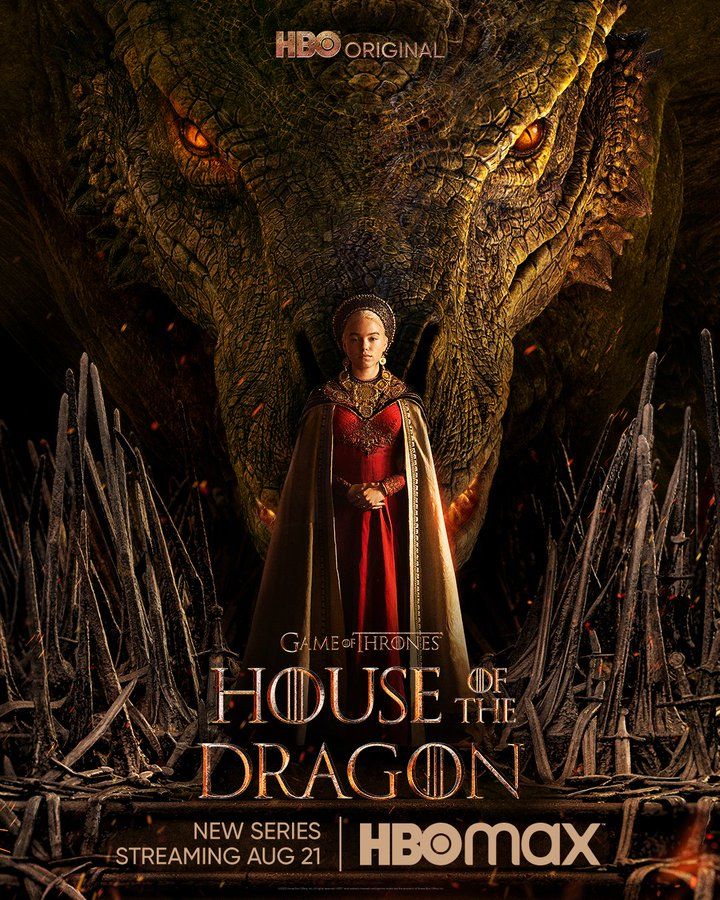The Big Picture
-
House of the Dragon
Season 2 struggled with pacing and narrative missteps. - Complicated behind-the-scenes issues impacted the series and the Season 2 finale.
- Season 3 may offer hope for improvement with a potentially explosive start in the first two episodes.
House of the Dragon’s first season marked a revival for a seemingly dead franchise. The prequel series sought to win back audiences after Game of Thrones‘ controversial ending. House of the Dragon reintroduced audiences to Westeros with a new spin, following the Targaryens at the height of their power. Season 1 garnered a very positive reception and perpetuated a narrative that the franchise had returned to its Game of Thrones heyday. However, Season 2 struggled to engage viewers to the same extent and left some wondering whether the prequel series is doomed to follow in the footsteps of its predecessor. House of the Dragon’s Season 2 finale marked an all-time low in terms of reception. “The Queen Who Ever Was” currently sits at 50% on Rotten Tomatoes and 6.3 on IMDb, making it one of the lowest-rated episodes in the entire franchise aside from a few Game of Thrones episodes in Season 8. House of the Dragon Season 2 may have suffered pacing issues and various narrative missteps, but reports have indicated that the series also dealt with complications behind the scenes as well.
‘House of the Dragon’ Season 2 Offered Big Twists That Made No Sense
The House of the Dragon Season 2 finale repeated many mistakes that had frustrated viewers in previous episodes. Rhaena’s (Phoebe Campbell) subplot in the Vale dragged on for three episodes, featuring short scenes where the character wandered in search of a dragon. It would have been more fitting to feature one extended scene in which Rhaena tracks down the wild dragon, Sheepstealer, allowing viewers to focus on her character instead of peppering in repetitive scenes of the character walking around aimlessly. Earlier, Episode 3 marked one of the most controversial moments in the series, where Rhaenyra (Emma D’Arcy) somehow snuck into King’s Landing and confronted Alicent (Olivia Cooke) in a scene not mentioned in the original book, Fire & Blood. Their scene felt like a story beat from Game of Thrones Season 8 — contrived, unwarranted, and a little silly. Nevertheless, the writers felt compelled to repeat this contrivance in the season finale, where Alicent sneaks into Dragonstone to speak privately with Rhaenyra. House of the Dragon paints both women in a much more sympathetic light, stressing their good intentions and stripping these characters of their moral complexity.
Perhaps the most glaring misstep came with Daemon’s (Matt Smith) prophetic visions, the last of which desperately tries to link House of the Dragon to Game of Thrones, including Bloodraven and the Night King, the latter of which looks significantly downgraded from its predecessor due to some questionable CGI. The vision ends with an emphasis on Daenerys (Emilia Clarke) Targaryen as if she is somehow the key to the story. But viewers are aware of Daenerys’ controversial shift into an antagonist in Game of Thrones‘ final season, making these visions even more confusing in hindsight.

Related
‘House of the Dragon’ Season 2’s Problem Is the Opposite of Season 1’s
A persistent issue bogs down the latest entry in the Westeros prequel series.
‘House of the Dragon’ Season 2 Faced Problems During the Strikes
While many of Season 2’s problems do stem from the writing, the anticlimactic finale may have been a direct result of studio intervention. Last year, it was reported that HBO cut down the length of Season 2, which would have originally included two additional episodes culminating in the Battle of the Gullet. This battle is a definitive turning point in the story and would’ve been a fitting conclusion to Season 2, but is currently set to play out in the third season instead. An HBO spokesperson insisted the decision to cut the episodes was “story-driven,” though nameless sources speculated that it may have been driven more by a cost-cutting initiative instigated by Warner Bros. Discovery after acquiring HBO.
To make matters worse, the WGA and SAG strikes meant the show’s writers didn’t have much time to revise the trajectory of Season 2 before all work shut down and were unable to make potential changes to scripts once filming resumed. While showrunner Ryan Condal and writer/executive producer Sara Hess told EW they were present on set in a producing capacity, they couldn’t do rewrites during the actual filming of the second season. “We felt really good about what we had already. So when the strike happened, we definitely were pencils down,” said Hess. “We never changed a word, and we told the cast far in advance, ‘If you have any qualms, get it out now because on the day, it’s not going to happen.'”
In terms of the overall franchise, however, Game of Thrones had previously established a formula where a season’s penultimate episode usually featured a big event or plot twist, such as the Red Wedding or the Battle of Blackwater, while the finale usually included a denouement setting up storylines for the next season. Despite the setbacks, House of the Dragon‘s writers managed to roughly fit Season 2’s final two episodes into the same structure as previous seasons of Game of Thrones. Episode 7 featured the Red Sowing of the Dragonseeds, which made for an iconic setpiece that quickly became one of the most memorable moments in the show. The finale did technically set up storylines for Season 3, it just felt a little empty given that Season 1 ended in a similar fashion.
There’s Still Hope for ‘House of the Dragon’ Season 3
Despite the finale’s record-low reviews, it isn’t necessarily the worst episode in House of the Dragon Season 2, but the anticlimactic ending did bring the overarching flaws of Season 2 into the spotlight. The Season 1 finale promised an all-out war in Westeros after Rhaenyra lost her beloved son, Lucerys (Elliot Grihault), and the story slowly built tension across its 10 episodes, promising war on a global scale. But after two years of waiting, armies have only just begun to march by the end of Season 2.
That said, the latest season had its fair share of great moments. Season 2 started strong, successfully adapting big moments from Fire & Blood like Blood and Cheese and the fight between Erryk and Arryk Cargyll (Elliot and Luke Tittensor). Along with the Red Sowing, Episode 4, featuring the Battle of Rook’s Rest, is one of the highest-rated episodes in Game of Thrones history. House of the Dragon has proven itself to be engaging and well-written on many occasions, making the anticlimactic ending that much more frustrating for viewers.
The final two episodes of Season 2 will be restructured into the first two episodes of the next season, meaning Season 3 will be off to an explosive start with one of the biggest battles in Game of Thrones history. Author George R.R. Martin has previously claimed that the show will need four seasons of 10 episodes to tell the full story of the Dance of the Dragons, so perhaps Season 3 will return to the original episodic count, but viewers hoping the pacing of the season will improve moving forward may be disappointed. As Condal told Variety, “I would just anticipate the cadence of the show, from a dramatic storytelling perspective, will continue to be the same from Season 2 on.”
House of the Dragon Season 1 carried a strong message, but Season 2 has caused many to lose faith. While the anticlimactic ending was out of the showrunners’ hands, it doesn’t justify the many narrative missteps and poor pacing that plagued the story. Whether the creative team behind the series responds to the feedback moving into Season 3 remains to be seen, since House of the Dragon’s third season doesn’t arrive for another two years. In the meantime, another Game of Thrones spin-off series, A Knight of the Seven Kingdoms, is slated to debut early next summer.
House of the Dragon is available to stream on Max in the U.S.
Watch on MAX



